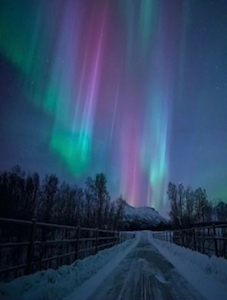
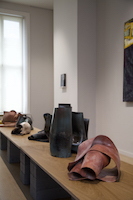
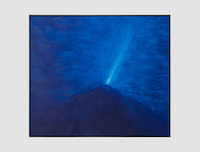
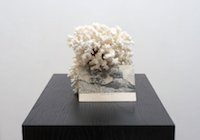
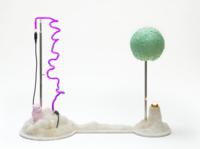
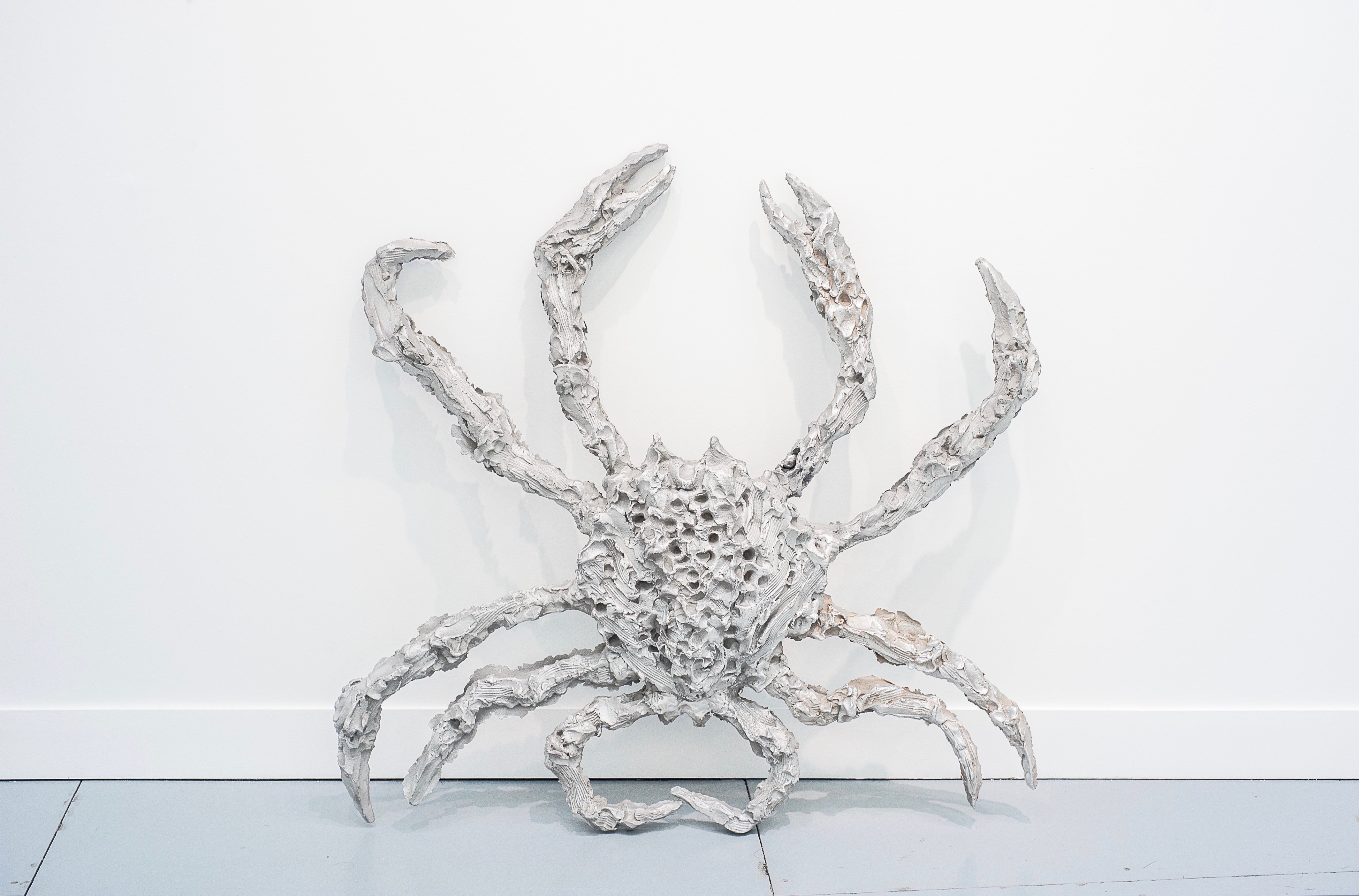


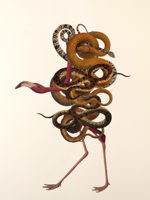
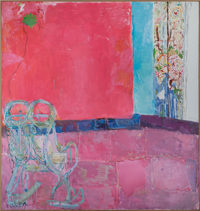
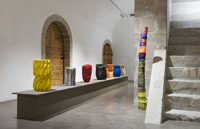

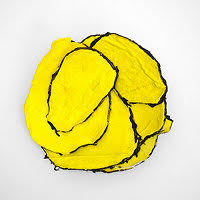
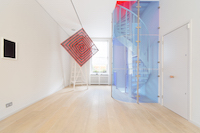


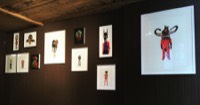


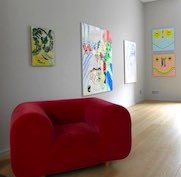
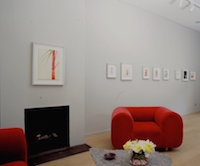
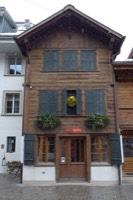
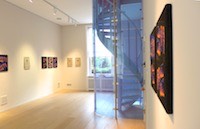
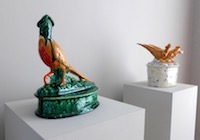


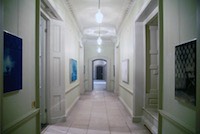


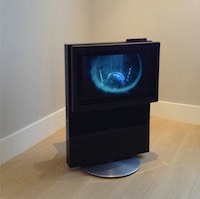
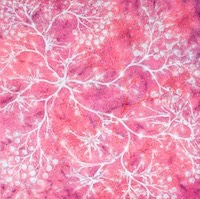
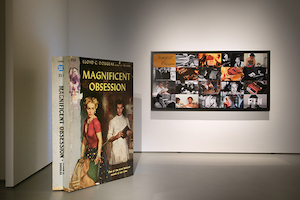

Magnificent Obsession
A Love Affair Between Movies and Literature
By Matthias Brunner
The love story between movies and literature is almost as old as the story of cinema itself. The cinematic installation „MAGNIFICENT OBSESSION” examines the relationship between movies and literature during the 1950s and 1960s, juxtaposing the great old masters and the directors of Nouvelle Vague.
In no other era has the love affair been as passionate as during the time of NOUVELLE VAGUE, with movie adaptations of books by authors of Nouveau Roman, such as MARGUERITE DURAS (“HIROSHIMA MON AMOUR”), ALAIN ROBBE-GRILLET (“L’ANNÉE DERNIÈRE À MARIENBAD”), JEAN CAYROL (“MURIEL”), RAYMOND QUENEAU (“ZAZIE DANS LE MÉTRO”), or classic published by authors such as ALBERTO MORAVIA (“LE MÉPRIS”), RAY BRADBURY (“FAHRENHEIT 451”), HENRI-PIERRE ROCHE (“JULES ET JIM”), ADÈLE HUGO (“L’HISTOIRE D’ADÈLE H.”), JORGE SEMPRÚN (“LA GUERRE EST FINIE”), DOLORES HITCHENS (“BANDE À PART”) et al.
NOUVELLE VAGUE made a name for itself as being the cinema of ‘auteurs’ – of the storytellers. Yet, even in cases when NOUVELLE VAGUE directors did not adapt literature to film, their love for books still remained apparent in their work, be it as a play in “UNE FEMME EST UNE FEMME”, as a philosophical discourse in “MASCULIN-FEMININ” with BRIGITTE BARDOT, as a magnifying glass on society by CLAUDE CHABROL (“LES COUSINS”, “LE BEAU SERGE”, as the most romantic film about first love by JACQUES DEMY (“LOLA”), or as an homage to the “petit policier” in “BANDE À PART”.
The movie “LES 400 COUPS” by François Truffaut perhaps exemplifies this the most: Jean-Pierre Léaud occupies himself passionately with HONORÉ DE BALZAC and builds an altar in his bedroom to honour the author. Unfortunately, this altar bursts into flames. For me, this scene justifies the presence of “LES 400 COUPS” in the installation. Even though the script is not based on a novel, the true love of the director and his alter ego, JEAN PIERRE LEAUD, to Balzac and literature is clearly evident.
For these reasons, the heart of this installation is the cinema of the French NOUVELLE VAGUE of the sixties. And because a wave always arises from another one, movie sequences will be supplemented by directors who were the fathers of NOUVELLE VAGUE with movie adaptions of master-directors they admired: for example, Alfred Hitchcock (“THE BIRDS”, “MARNIE”), DOUGLAS SIRK (“MAGNIFICENT OBSESSION”, “ALL THAT HEAVEN ALLOWS”, “IMITATION OF LIFE”), ELIA KAZAN (“SPLENDOR IN THE GRASS”), VINCENTE MINNELLI (“SOME CAME RUNNING”), HOWARD HAWKS (“HATARI!”) JOSEPH LOSEY (“SECRET CEREMONY”) and STANLEY KUBRICK (“LOLITA”). GEORGE STEVENS (“A PLACE IN THE SUN”) or BLAKE EDWARDS (“BREAKFAST AT TIFFANY’S”). Master-directors from Europe include MAX OPHÜLS (“LETTER FROM AN UNKNOWN WOMAN”, “LOLA MONTEZ”), LUIS BUÑUEL (“BELLE DE JOUR”, “JOURNAL D’UNE FEMME DE CHAMBRE”), JEAN-PIERRE MELVILLE (“LÉON MORIN, PRÊTRE”), LUCHINO VISCONTI (“IL GATTOPARDO”), JEAN COCTEAU (“ORPHÉ”) and RENÉ CLÉMENT (“PLEIN SOLEIL”).
While watching hundreds of movies of these different eras, I noticed that as NOUVELLE VAGUE dealt with literature in a passionate yet also playful manner, American cinema also started to use literature as a template, but often did not dive deeper into the topic, and did not declare love to literature by a stimulating play on words. In classic Hollywood cinema, books primarily serve as accessories for libraries or as decoration for the side table. Even in the biggest movies by Alfred Hitchcock like THE BIRDS, MARNIE, this is the case. Only a few so-called “American” directors use the whole power of books. For example, Douglas Sirk, John Huston, Joseph L. Mankiewicz, Vincente Minelli, Joseph Losey or Elia Kazan – perhaps because they are directors with strong European roots.
With this installation I do not intend to rate these altogether 36 different movies. The installation is not divided into different “blocks of topics”, but is “only” an associative, passionate confrontation of scenes, most of them historically correctly-edited, that attempt to mediate the wealth of this amalgamation between movies and literature with the example of NOUVELLE VAGUE and some of their icons of the American and European cinema of the 1950s and 1960s. It is my „altar“ to these truly, great directors.

